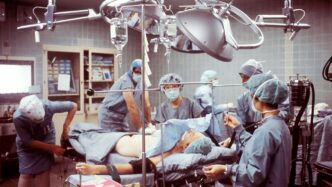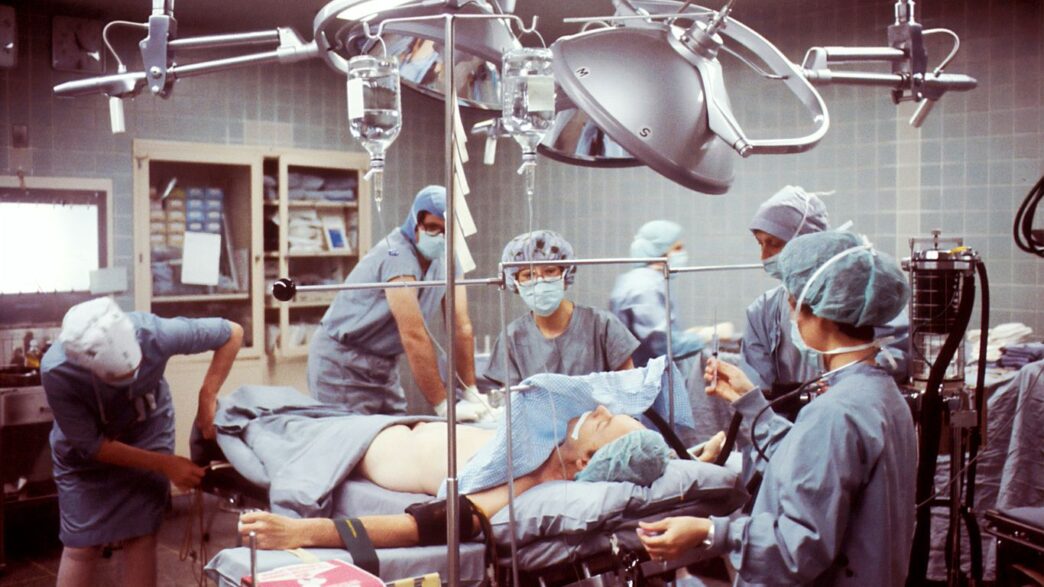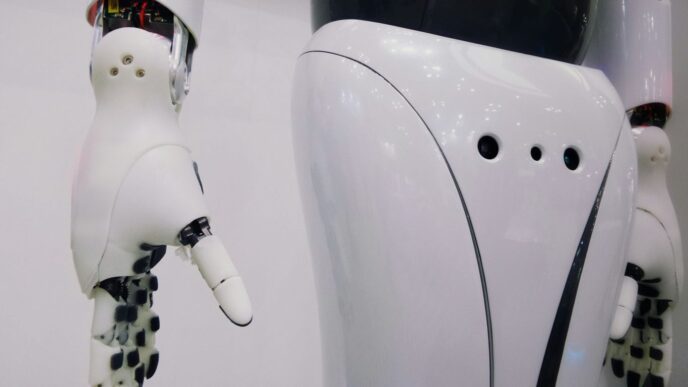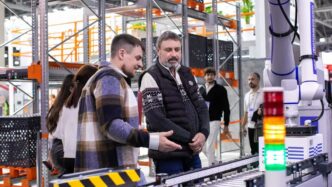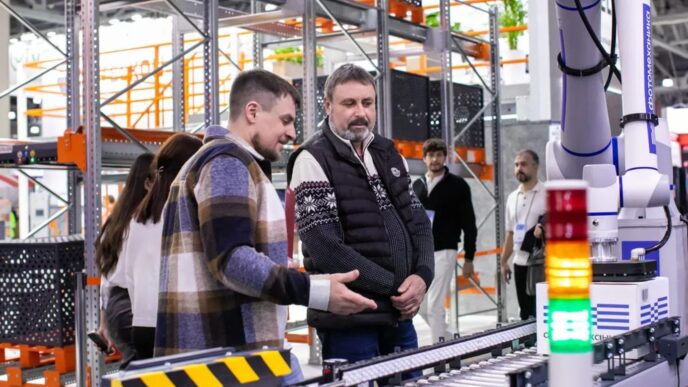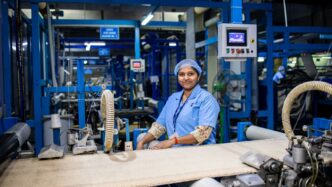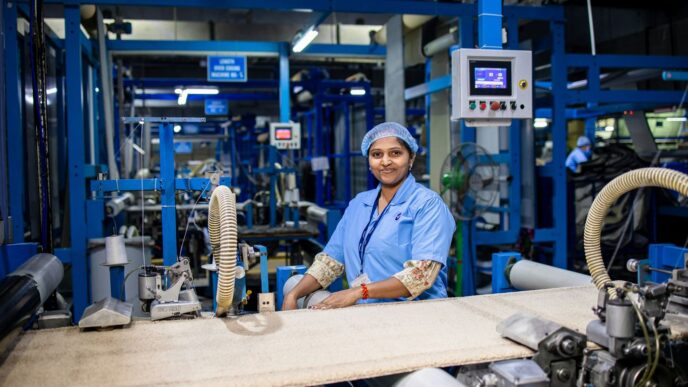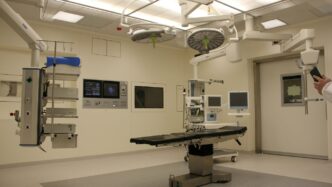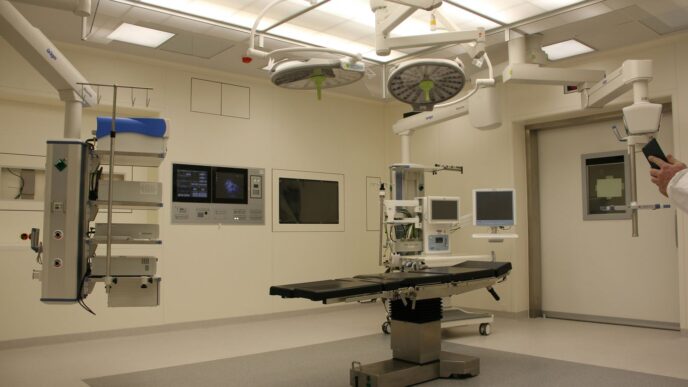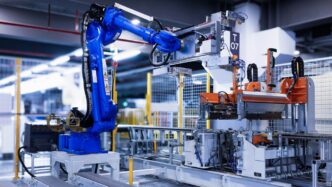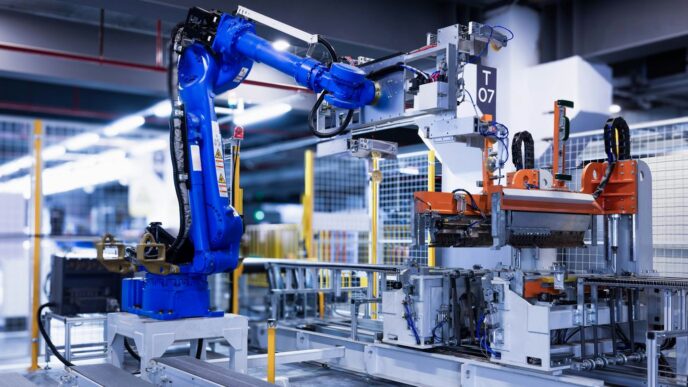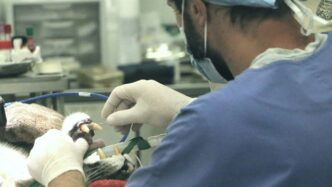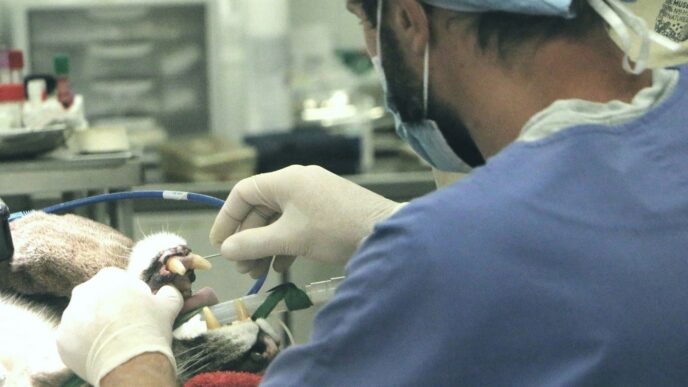The Rise of Robotic Surgery
Transforming Healthcare Through Innovation
Robotic surgery wasn’t always a common sight in operating rooms. For a long time, it felt like something out of science fiction, a future possibility that might never actually happen. But things have changed, and quite dramatically. Today, robots are assisting in all sorts of operations, from heart and lung procedures to general surgery, and even in areas like gynecology and head-and-neck work. It’s a big shift from how things used to be done.
Key Players in Medical Robotics
It’s not just one company making waves anymore. While Intuitive Surgical has been a major force for years, with millions of procedures done using their systems and tens of thousands of surgeons trained, the field is getting crowded. Companies like Medtronic and Johnson & Johnson are in the mix, alongside international players such as CMR Surgical in the UK, SS Innovations in India, and Medicaroid Corp. in Japan. This growing competition is a good sign, as it usually pushes prices down and sparks new ideas. We’re seeing instruments get smaller and more flexible, allowing them to go places they couldn’t before, like through blood vessels or natural body openings. The medical robotics industry is definitely seeing a surge in activity.
Navigating Regulatory Landscapes
Getting new medical technology approved isn’t a simple process. There are rules and checks to make sure everything is safe and works as intended. Initially, there was some hesitation with robotic surgery, partly because it was new and partly because some surgeons felt they lost a bit of direct control. Early attempts in complex areas like heart surgery didn’t always go smoothly, and issues like connection delays (latency) made remote operations difficult. Plus, many surgeons like to get their hands on things and check the patient and the surgical area themselves before starting. It took time for robotic surgery to prove its worth. Procedures like prostatectomies, where the robot offered benefits like less blood loss and shorter hospital stays compared to traditional open surgery, really helped build trust. Now, with better training and more experience, robotic surgery is becoming a standard tool, especially for procedures in tight or hard-to-reach spots, thanks to the robot’s 3D camera and special instruments.
Career Opportunities in CMR Surgical Jobs
The world of robotic surgery is really taking off, and CMR Surgical is right in the middle of it. This isn’t just about fancy machines; it’s about changing how doctors operate and how patients get better. Because of this, there’s a growing need for people with specific skills to help make it all happen. CMR Surgical is looking for talented individuals to join their mission of making minimally invasive surgery accessible to everyone.
Demand for Specialized Talent
Think about it: building and improving robotic surgical systems isn’t like putting together a bookshelf. It requires a mix of sharp minds from different fields. The medical robotics industry is growing fast, and companies like CMR Surgical need people who understand both the tech side and the medical side. This means there’s a constant hunt for professionals who can help design, build, test, and get these complex systems approved.
Engineering and Development Roles
This is where the magic really happens. Engineers are needed to create the actual robots, the software that controls them, and all the bits and pieces that make them work. This includes:
- Mechanical Engineers: To design the physical structure and movement of the robotic arms and instruments.
- Software Engineers: To develop the control systems, user interfaces, and data processing capabilities.
- Electrical Engineers: To handle the power systems, sensors, and electronic components.
- AI and Machine Learning Specialists: To build intelligent features that can assist surgeons and improve outcomes.
Quality Assurance and Regulatory Affairs
Getting a medical device like a surgical robot approved is a big deal. It has to be safe and work perfectly every time. That’s where the Quality Assurance (QA) and Regulatory Affairs teams come in. They make sure everything meets strict standards and gets the green light from health authorities around the world. This involves:
- Developing and implementing quality management systems.
- Conducting rigorous testing and validation of the robotic system.
- Preparing documentation for regulatory submissions to agencies like the FDA and EMA.
- Staying up-to-date with evolving global regulations for medical devices.
These roles are super important because they ensure that the technology being developed is not only innovative but also safe and effective for patients and surgeons alike.
Advancing Surgical Techniques
Robotic surgery isn’t just a fancy new tool; it’s really changing how operations are done, making things better for everyone involved. Think about it – procedures that used to require big cuts can now be done with tiny openings. This means less pain for patients, less blood loss, and a quicker trip home from the hospital. It’s pretty amazing how technology can lead to such direct benefits.
Benefits for Patients and Surgeons
For patients, the advantages are pretty clear. Recovery times are often shorter, and the scarring is minimal. This can make a big difference in how quickly someone gets back to their normal life. Surgeons also see the upside. Many robotic systems let surgeons sit down during long operations, which is a lot easier on their bodies than standing for hours. Plus, the enhanced vision and control can lead to more precise movements, which is always a good thing when you’re operating.
Minimally Invasive Procedures
One of the biggest shifts robotic surgery has brought about is the move towards minimally invasive techniques. Instead of opening up a large area of the body, surgeons can use the robot’s instruments to work through small incisions. This is especially helpful for operations in tight or hard-to-reach spots within the body. It’s like having a super-dexterous set of tools that can get into places a human hand just can’t.
Enhanced Precision and Control
This is where the robots really shine. The robotic arms can be incredibly steady, filtering out any natural hand tremors a surgeon might have. They also offer a magnified, 3D view of the surgical area, giving surgeons a much clearer picture than they’d get with the naked eye. Some systems even have instruments that can bend and twist like a wrist, allowing for a greater range of motion and finer control during delicate tasks like stitching tissue together. This level of precision can lead to better outcomes and fewer complications.
The Future of Medical Robotics
Investment and Growth Trends
The medical robotics field is really taking off. Think about it, just a few years ago, this was mostly science fiction stuff, but now it’s changing how doctors do surgery. Companies are pouring money into this area, and you can see it in the new tech hitting the market. It’s not just about building robots; it’s about combining smart software, AI, and making sure everything is super safe. This growth means more companies are jumping in, not just the big names you know, but also smaller, innovative ones. This competition is good because it pushes everyone to make things better and maybe even a bit cheaper.
AI and Automation in Surgery
Artificial intelligence is set to play a much bigger role. We’re already seeing systems that can help surgeons by giving them real-time feedback or even mapping out the surgical area. Imagine a robot that can help steady a surgeon’s hand or even perform small, repetitive tasks like stitching. Some experts even think we might see ‘surgeon-less’ surgery down the line, where AI analyzes thousands of successful operations to figure out the best way for a machine to do it. It sounds wild, but with how fast AI is developing, it’s not out of the question.
Global Expansion of Robotic Systems
Robotic surgery isn’t just a US or European thing anymore. Companies are getting approvals in countries all over the world, from China to Japan to India. This global push means more patients will have access to these advanced procedures. Plus, new types of robots are being developed, like those with flexible, snake-like arms that can get into tiny spaces without big incisions. This expansion also means a growing need for people with all sorts of skills – engineers, software developers, regulatory experts – to help make and sell these systems worldwide.
Building Your Career with CMR Surgical
Impactful Roles in a Growing Field
Working at CMR Surgical means you’re not just taking a job; you’re joining a movement. This is a company that’s really changing how surgeries are done, making them less invasive and more precise with their Versius system. Think about it – you get to be part of something that directly helps patients recover faster and have better outcomes. It’s a pretty big deal. The company is growing fast, too. They’ve been bringing in new talent and expanding their manufacturing, which means there are lots of different places you could fit in, whether you’re into the technical side of things or more on the business end.
Opportunities for Innovation
CMR Surgical seems to be built on the idea of constant improvement. They’re not just happy with the Versius system as it is; they’re always looking at how to make it better. This includes developing new tools and software that can be added to the system down the line. So, if you’re someone who likes to tinker, come up with new ideas, or solve tricky problems, this is a place where that kind of thinking is actually wanted. They want people who can look at the system and think, "How can we make this even more useful for surgeons and patients?" It’s about building for the future, not just the present.
Contributing to Better Patient Outcomes
At the end of the day, what CMR Surgical is doing is all about improving healthcare. The Versius system is designed to make minimally invasive surgery more accessible and effective. This means fewer complications, shorter hospital stays, and quicker returns to normal life for patients. When you work here, you’re directly contributing to that. You’re part of a team that’s making advanced surgical technology available to more people. It’s a chance to use your skills to make a real, positive difference in people’s lives, which is a pretty rewarding way to spend your workdays.
The Future is Robotic
So, there you have it. Robotic surgery isn’t just a passing trend; it’s really changing how medicine is done. Companies like CMR Surgical are pushing the boundaries, and that means more jobs are opening up for people who want to be part of this exciting field. Whether you’re already in the medical world or looking for a new path, a career in robotic surgery could be a great move. It’s a chance to work with cutting-edge tech and actually make a difference in patient care. The demand is growing, so if you’re interested, now is definitely the time to look into it.

